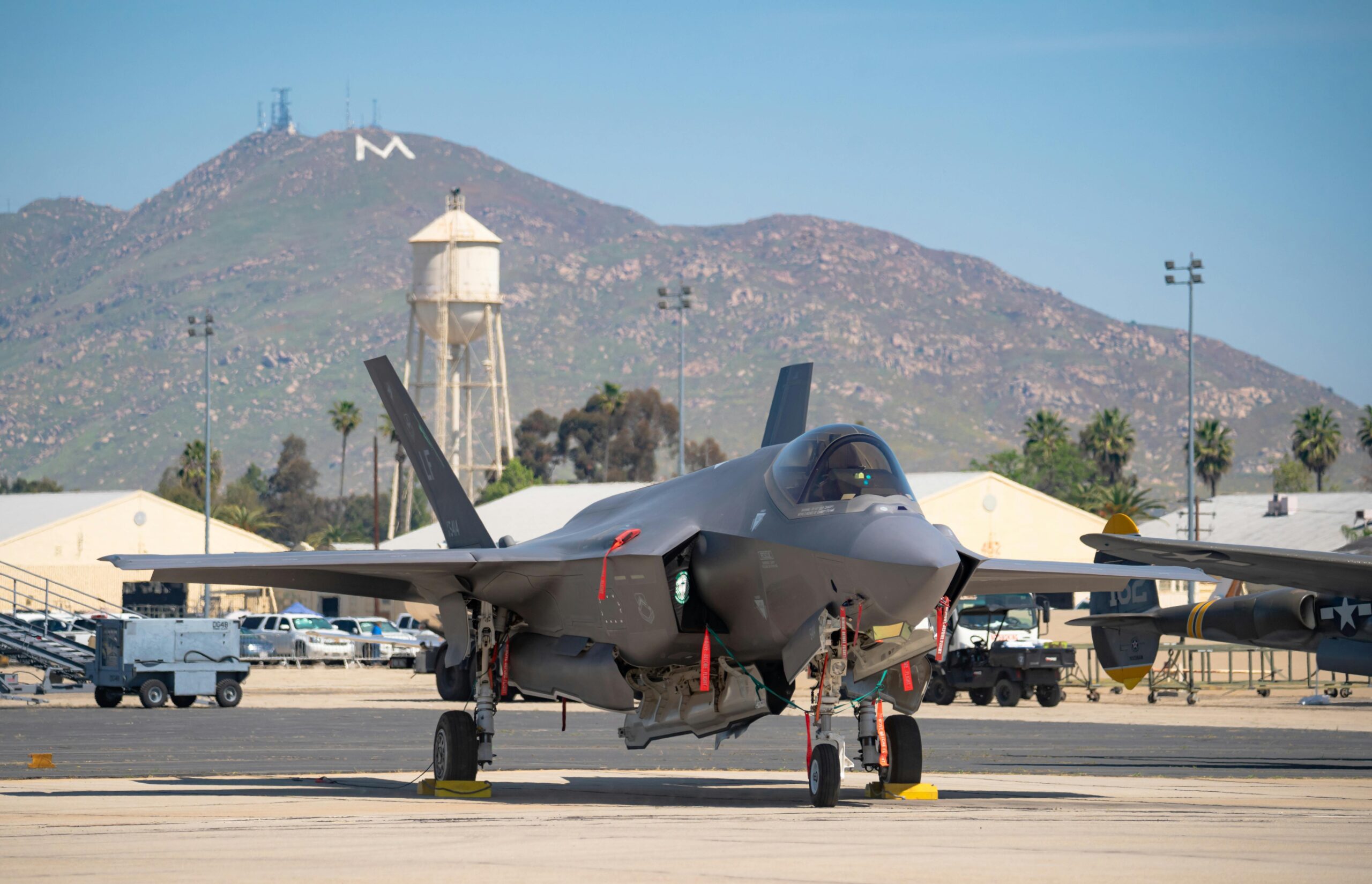In the intricate machinery of American governance, the Pentagon, Congress, and the White House form a triad of power, each playing a pivotal role in the country’s defense and security landscape. The relationship among these entities is defined by a delicate balance of authority, oversight, and collaboration, often shaped by the dynamic interplay of politics, strategy, and policy.
The Pentagon, as the headquarters of the United States Department of Defense (DoD), is tasked with executing the nation’s defense policies and ensuring military readiness. This colossal institution manages a vast array of responsibilities, from overseeing the armed forces to developing defense technologies. However, its power is not autonomous; it operates within the confines of directives issued by the Executive Branch and the scrutiny of legislative oversight.
The White House and the Pentagon: A Strategic Synergy
The relationship between the Pentagon and the White House is fundamentally hierarchical yet symbiotic. The President, as the Commander-in-Chief, wields significant influence over the Pentagon through strategic directives, budget proposals, and appointments of key defense officials, including the Secretary of Defense. This authority enables the President to shape military policy and respond swiftly to emerging threats.
However, this relationship is not merely one of command. It requires constant communication and mutual understanding. The Pentagon provides the White House with critical military intelligence, strategic assessments, and operational plans. In turn, the White House sets broad defense priorities and integrates military strategy with diplomatic and economic policies.
For instance, during the Obama administration, the Pentagon played a crucial role in formulating the strategy to combat ISIS, which involved a mix of direct military action and international coalition-building. This strategy was heavily influenced by presidential directives but relied on the Pentagon’s expertise and operational capacity to be effective.
Congress and the Pentagon: Oversight and Accountability
Congress, with its constitutional power to declare war, raise and support armies, and maintain navies, holds a significant check on the Pentagon’s activities. This relationship is characterized by oversight and budgetary control. Congressional committees, such as the House Armed Services Committee and the Senate Armed Services Committee, conduct hearings, investigations, and reviews to ensure that the Pentagon’s actions align with national interests and legal frameworks.
The power of the purse is perhaps Congress’s most potent tool. Through the appropriation process, Congress determines the funding levels for defense programs, which directly impacts the Pentagon’s capabilities and priorities. This financial oversight ensures that taxpayer dollars are spent efficiently and that defense programs are justified and effective.
The relationship between Congress and the Pentagon can sometimes be contentious, particularly when there are disagreements over defense spending, military interventions, or policy directions. For example, the debate over the F-35 Joint Strike Fighter program saw intense scrutiny from Congress due to concerns over costs and performance. Such scrutiny often leads to reforms and adjustments that enhance accountability and efficiency within the DoD.
Balancing Act: Navigating Political and Strategic Challenges
Balancing the interests and powers of the Pentagon, Congress, and the White House is a continuous and complex process. It requires a nuanced understanding of the distinct yet overlapping roles these institutions play. Effective communication, mutual respect, and a commitment to national security are essential for maintaining this balance.
Political dynamics can significantly influence this relationship. Changes in administration often bring shifts in defense priorities, which the Pentagon must adapt to while maintaining continuity and readiness. Similarly, congressional elections can alter the balance of power and affect legislative oversight and funding decisions.
One of the critical challenges in this triadic relationship is ensuring that strategic decisions are made based on informed analysis and long-term interests rather than short-term political gains. The interplay between these entities must prioritize the country’s security, even when faced with differing perspectives and priorities.
In conclusion, the relationship between the Pentagon, Congress, and the White House is a cornerstone of American defense policy. It embodies the principles of checks and balances, ensuring that military power is exercised responsibly and effectively. Navigating this complex relationship requires continuous effort, strategic foresight, and an unwavering commitment to the nation’s security and democratic principles.













Recent Comments